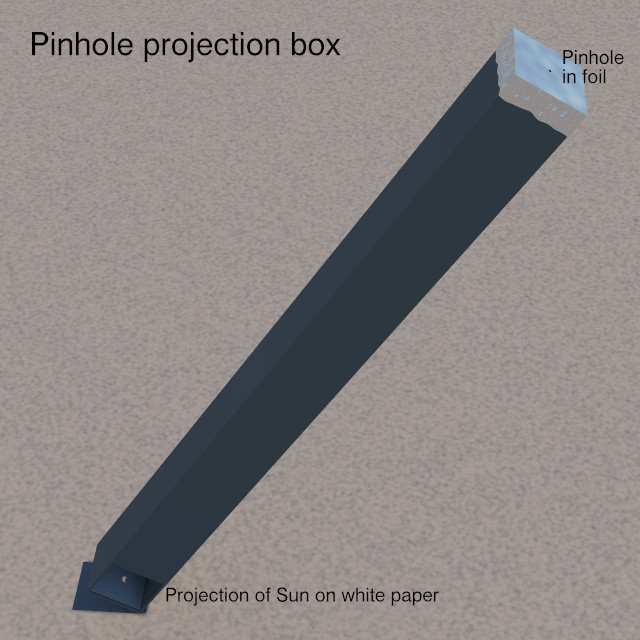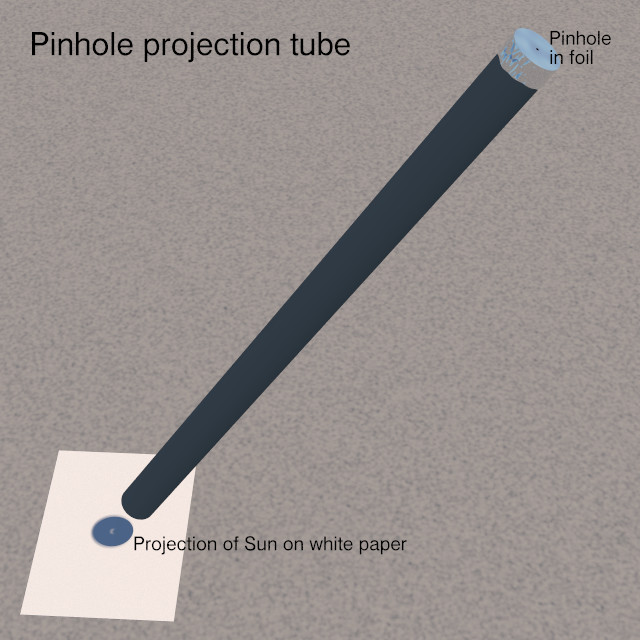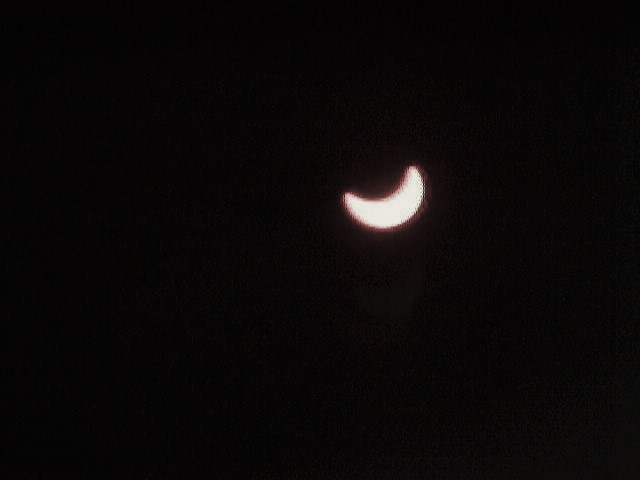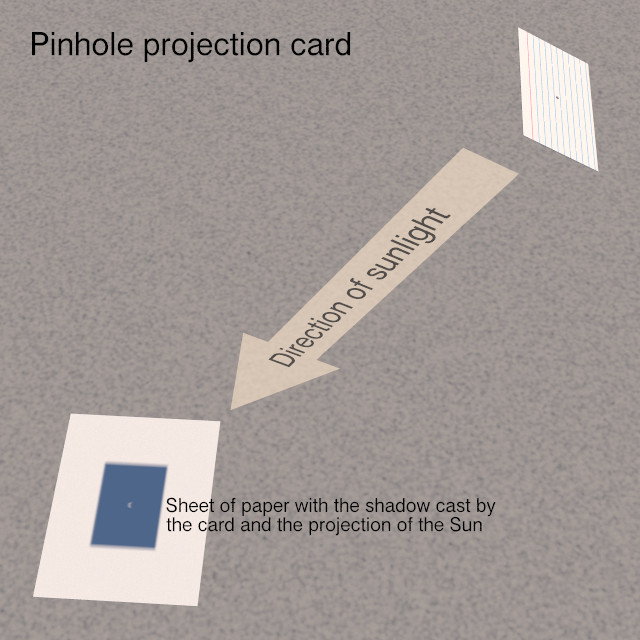How to View the 2017 Great American Eclipse in the Virgin Islands
~ Author: Richard Callwood III
By now, you have probably heard about the total solar eclipse on August 21, 2017.
A solar eclipse occurs when the Moon moves between the Earth and the Sun, casting a shadow on the Earth. Those directly beneath the Moon’s shadow will experience a total eclipse. Unfortunately, the path of total shadow will not pass over the Virgin Islands, so we will experience only a partial eclipse.
From St. Thomas, St. John, and Tortola
The eclipse will occur from 2:14 p.m. to 4:47 p.m., and maximum eclipse will be at 3:36 p.m. with about 82% of the Sun obscured.From St. Croix
These events will be a minute later, with 80% of the Sun obscured at maximum.
Because the eclipse is partial, some part of the Sun will be showing throughout the event. This means that at all times it is essential to take proper precautions to avoid permanent eye damage.
First, here are options that you must not use:
-
Sunglasses will not protect your eyes from damage.
-
Do not look at the reflection of the Sun in anything.
-
If you have a telescope, do not use Moon filters, colored filters, or any other filters that are not specifically designed for viewing the Sun.
-
Never use a filter that screws into the eyepiece of a telescope.
There are several sources of viewers intended specifically for solar eclipses, some more reliable than others. I would avoid Amazon, as tempting it may be; there are reports of Amazon being flooded with counterfeit filters. The American Astronomical Society has cleared the following vendors: https://eclipse.aas.org/resources/solar-filters
If you cannot obtain proper eclipse viewers, #14 welder’s glass is safe.
VIEWING THE ECLIPSE BY TELESCOPE
If you have a telescope, make sure that the filter covers the front of the telescope, and that the filter is designed for visual use. Solar filters that screw into the eyepiece will overheat and crack, and should never be used under any circumstances! Filters intended for photographic use are not designed to protect your eyes. You should also remove the finder scope, not only to prevent damage to it, but to prevent curious eyes from sneaking a peek.
VIEW THE ECLIPSE WITH A DO-IT-YOURSELF PROJECTION VIEWER
Of course, the safest options are projection viewers, for which you do not actually look at the Sun. The simplest projection viewer is simply a card with a pinhole poked into it. Hold the card over a white surface, so that the sunlight projects through the pinhole onto the white surface. Do not look through the pinhole!
If you look under a tree, you may see Mother Nature’s pinhole projectors, as sunlight filters through the leaves. Take a look!
A more sophisticated viewer is a long cardboard box or tube, which blocks out ambient light, resulting in better contrast. Cover the sunward end with aluminum foil and poke a pinhole through it. Line the inside bottom of the box with white paper and cut an opening in the side of the box. Or you can just use an old wrapping paper tube. Do not look through the pinhole!
The Sun actually appears much smaller in the sky than most people think. This means the box will need to be quite long in order to get an image of appreciable size. A 3 foot long box will project an image 1/3 of an inch across.


Another projection method is to use a mirror. Cut a small hole in a sheet of paper, and tape it over the mirror. Then stand in the sun and angle the mirror so that it reflects the sunbeam onto a wall or other light surface. Do not look at the mirror itself.
It is important to note that these precautions should be taken whenever you observe the Sun. The Sun can always damage your eyes, whether there is an eclipse or not. The only difference with an eclipse is that people are more likely to look at the Sun during an eclipse than they would ordinarily. But you don’t need to wait for an eclipse to use these techniques!





